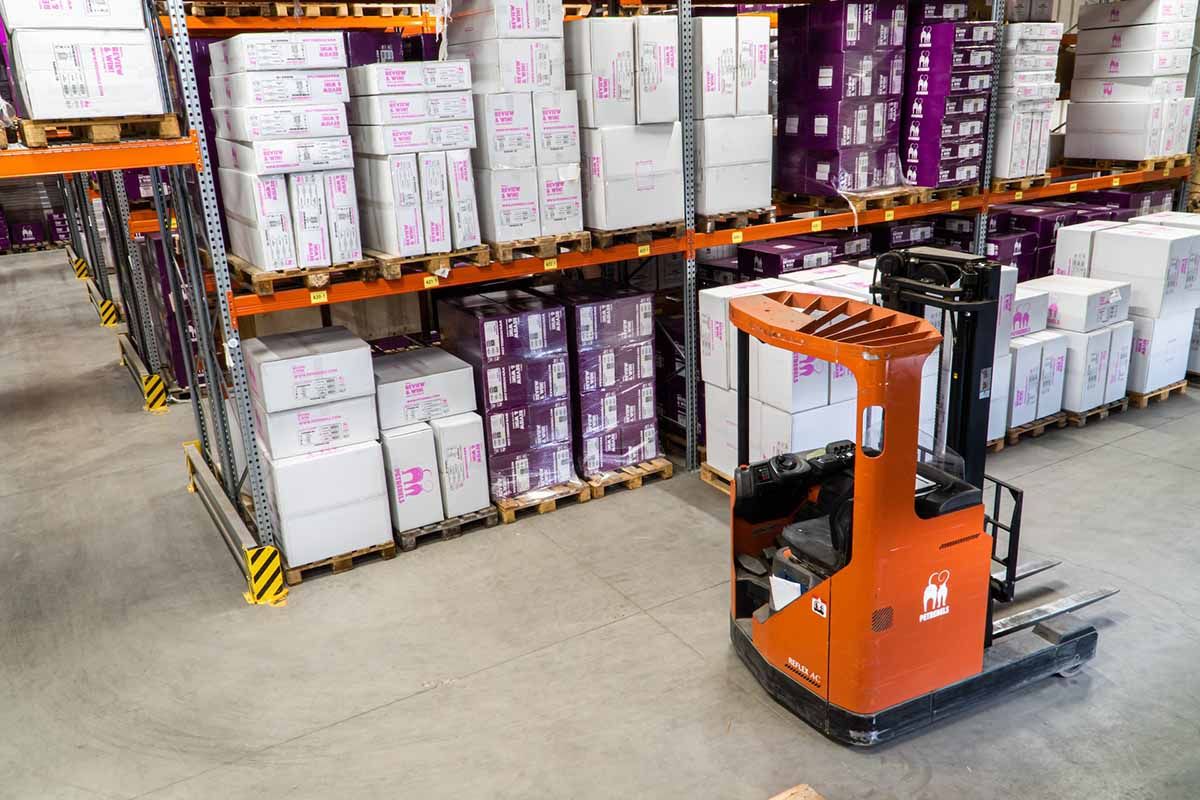How to Optimize Supply Chain for Shipping Lead Times

Optimizing the supply chain for shipping services lead times is crucial for ensuring timely delivery of goods to customers and reducing operational costs. Here are some strategies to help you achieve this goal:
Demand Forecasting:
Definition: Demand Forecasting refers to the process of predicting the future demand for the firm’s product. In other words, demand forecasting is comprised of a series of steps that involves the anticipation of demand for a product in future under both controllable and non-controllable factors.
Improve your demand forecasting accuracy to better predict customer needs. Collaborate closely with sales and marketing teams to gather data and insights, and use historical sales data, market trends, and other relevant information to make more accurate forecasts.

shipping services
Inventory Management:
Maintain optimal inventory levels. Avoid stockouts by having safety stock for critical items. At the same time, avoid excessive inventory to reduce holding costs and potential obsolescence.
Supplier Collaboration and Selection:
1. Supplier Collaboration:
Establish strong relationships with suppliers and foster open communication. Share demand forecasts with suppliers to help them plan their production and reduce lead times on their end.
2. Supplier Selection:
Choose suppliers based not only on cost but also on their ability to meet shipping deadlines consistently. Consider suppliers with a track record of on-time deliveries and evaluate their lead times as part of the selection process.
Transportation Optimization and Real-time Tracking:
Analyze different transportation options to find the most efficient and cost-effective methods for shipping. This could include exploring different carriers, modes of transportation (air, sea, road), or utilizing intermodal transportation.
Implement systems that provide real-time tracking of shipments. This allows you to monitor the progress of deliveries, identify potential delays, and take proactive measures to address any issues.
Streamlined Processes:
Identify and eliminate bottlenecks or inefficiencies in the supply chain process. Look for opportunities to automate manual tasks, reduce paperwork, and implement lean principles to improve overall efficiency.
Regional Warehousing:
Consider setting up regional distribution centers strategically located to serve different markets. This can help reduce the distance and time taken for shipping to various locations.

shipping services
Collaboration with Logistics Partners:
Work closely with logistics partners and carriers to negotiate favorable shipping terms and lead times. Building strong partnerships can lead to better service and priority treatment.
Technology Integration and Continuous Improvement:
1. Technology Integration:
Invest in supply chain management software and tools that can help you track inventory levels, analyze data, and optimize shipping routes and lead times.
2. Continuous Improvement:
Regularly review and analyze shipping lead time data to identify patterns and areas for improvement. Use the insights gained to refine your supply chain processes continually.
By implementing these strategies and fostering a culture of continuous improvement, you can optimize your supply chain for shipping lead times, resulting in increased customer satisfaction and a competitive edge in the market.
